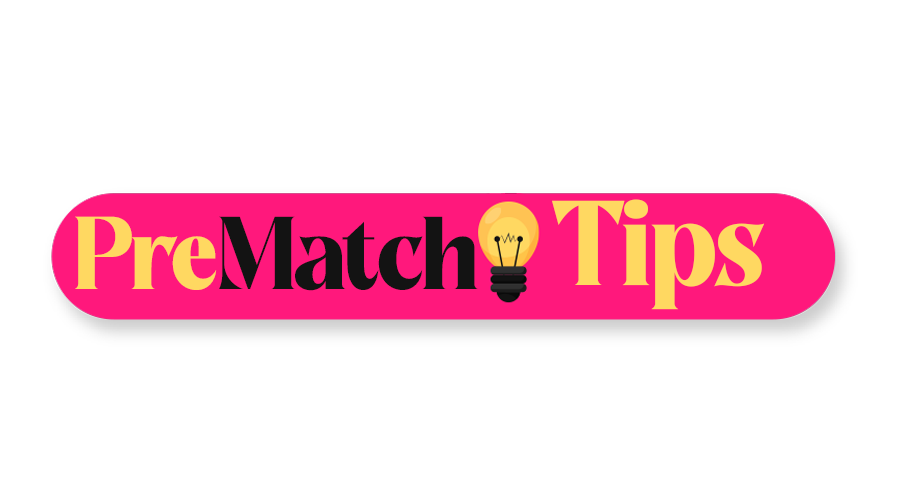Overview of Pot Odds and How to Figure Them Out in Poker
You’re reading the proper article if you’re unfamiliar with pot odds in poker or if you just want a refresher.
You are going to discover what pot odds are and how to figure them out in detail.
Next, we will discuss three distinct scenarios in which pot odds poker can be used (both preflop and post-flop). Lastly, you will receive a helpful infographic that offers “shortcuts” to pot odds that will let you make wise choices at the table.
How Do Pot Odds Work?
The ratio of the size of the whole pot to the size of the wager that is being placed against you is known as the pot odds. Remember that the bet(s) placed in the current round are included in the total pot amount.
Your pot odds are 3 to 1, for instance, if there are $2 in the pot and your opponent bets $1. Stated differently, the opportunity to win the entire pot requires you to pay 1/3 of the pot.
The mathematical basis for calling situations in poker is known as pot odds. We couldn’t determine which calls are profitable and which aren’t without them.
Note: To separate the values, you can alternatively use a ‘:’, like in 3:1.
How to Step-by-Step Calculate Pot Odds
Let’s say your opponent bets $50 into a $100 pot, bringing the total amount to $150. This indicates that you are receiving 150:50 on a call, which is equivalent to 3:1.
To get the precise amount of equity your hand requires to call the bet profitably, you should next convert your pot odds into a percentage.
Let’s review the easy 3-step method for figuring out your pot odds as a percentage.
Step 1: If you were to call, figure out the ultimate pot size.
To start, you must calculate the size of the pot in the event that the bet was called. Since the entire pot in this instance is $150 and calling costs $50, the pot would be $200 ($150 total pot plus your $50 call) if you choose to call.
This amount will be referred to as the final pot.
Step 2: Split the call size by the pot size at the end.
This works out to 0.25 in this instance ($50 call size / $200 ultimate pot size).
Step 3: To find the percentage, multiply by 100.
The decimal can now be converted to a percentage by multiplying this 0.25 by 100. In this situation, that’s 25% (0.25 * 100).
This implies that in order to make money when you call, you must win more than 25% of the time.
Assessing whether your particular hand has at least 25% equity relative to your opponent’s range would be the next stage. In the examples below, I’ll demonstrate how to accomplish that.
Example 1: Preflop Pot Odds Utilisation
Note: Although we’ll be discussing scenarios for cash games, tournament hands can also be handled using the same procedure.
Let’s say you’re in a 6-handed, $0.50/$1.00 online cash game. You are in the large blind when a player raises to $3 during the cutoff.
7♦ 5♦ is the size of your hand. Let’s apply our systematic approach to determine whether you can call with a profit based on your pot odds.
Step 1: If you were to call, figure out the ultimate pot size.
$1 (your large blind), $0.50 (your small blind), $3 (the amount of the rise), and $2 (your call size) add up to $6.5.
Because you have already invested $1 as the big blind, you should take note that the call size is only $2.
Step 2: Split the call size by the pot size at the end.
$6.5 final pot size / $2 call size = 0.307
Step 3: To find the percentage, multiply by 100.
To call, 30.7% equity is needed (0.307 * 100).
Step 4: Determine if there is sufficient equity in your hand to call.
You now need to determine whether your 7♦ 5♦ has at least 30.7% equity against it by estimating your opponent’s range.
Since your opponent raised above the limit, our estimate will be based on the Upswing Lab training course’s cutoff rising range:
Next, we entered your hand and this range into an equity calculator.
With 37% equity against the cutoff’s range, 7♦ 5♦ is a profitable call.
This computation involves one more component that is outside the purview of this article. It’s known as equity realisation, and this page explains more about it.
Example 2: Betting on a Draw with Pot Odds
Continuing with the same hand, you hold 7♦ 5♦ in the big blind, and the cutoff rises to $3 at $0.50/$1.00 online. Now that you are aware that you have sufficient equity, you make the call.
Next is the flop: J♦ 8♣ 2♦. The preflop raiser checks to you, and he places a $4 bet into the $6.50 pot. Now, let’s go over our process to see whether you can make a profit on this wager.
Step 1: If you were to call, figure out the ultimate pot size.
$6.50 for the pot, $4 for the wager, and $4 for your call equal $14.50.
Step 2: Split the call size by the pot size at the end.
$14.5 final pot size / $4 call size = 0.276
Step 3: To find the percentage, multiply by 100.
To call 0.276 * 100 = 27.6% equity is needed.
Step 4: Determine if there is sufficient equity in your hand to call.
We will concentrate on your hand and forego assessing your opponent’s range in order to streamline this computation.
Let’s think about your outs:
With nine outs to go, you will, approximately 18% of the time, upgrade to a flush on the turn (9 diamonds / 47 remaining cards).
In addition to being possibly the greatest hand, having a pair gives you the opportunity to call a bet should your opponent make one on the turn, with six outs (~12% chance).
To turn a straight draw, you have six outs (~12% chance). This lets you call a wager made by your opponent on the next turn.
To top it all off, if you miss one of your outs, your opponent might not always wager on the turn, giving you the opportunity to see a free river card and an extra 18% chance to score a flush.
Example 3: Bluff-Catch on the River with Pot Odds
Recall that calling a wager with a hand that can only outplay your opponent’s bluffs is known as bluff-catching.
You should constantly consider your opponent’s range while determining whether or not to bluff catch on the river.
Assume you use 9 7 to defend your huge blind against a cutoff rise. When 9♦ 8♠ 3♣ appears on the flop, you check-call a wager. When the 2♥ comes up, you check-call once more. At last, the 2♣ is the river, and your opponent places a $20 wager into the $40 pot.
It’s time to take our steps!
Step 1: If you were to call, figure out the ultimate pot size.
$20 for the stake, $40 for the pot, and $20 for your call, equals $80.
Step 2: Split the call size by the pot size at the end.
$20 call size / $80 pot size at completion = 0.25.
Step 3: To find the percentage, multiply by 100.
25% is equal to 0.25 * 100.
Step 4: Determine if there is sufficient equity in your hand to call.
In order to accomplish this, we first estimate the range you’re up against and then enter your hand and your opponent’s range into an equity calculator.
We’ll assess his value range by taking into account that he bet three streets on 9♦ 8♠ 3♣ 2♥ 2♣ and raised preflop from the cutoff.
- Sets 33 and 88 (99 on the flop are probably sluggish plays)
- robust two-pair: 98s, A9s, AA-TT
Moreover, all of the missed straight draws in his bluffing range are QJ, QT, JT, 76s, 75s, 65s, A5s, and A4s. But when we do the math, we’ll cut his total number of bluffs in half because most poker players under bluff.
Given that your 9♿ 7♣ has 46.58% equity compared to your opponent’s range, you can call and profit in this scenario.
Pot Odds Quick Cuts
You would be better off learning this list of pot odds by heart and attempting to estimate based on the size of your opponent’s stake if you wanted to simplify your life at the table. You’ll be able to concentrate on other facets of the hand and make wiser choices in this way.
Concluding Remarks on Pot Odds
At the poker table, pot odds are on your side. If you want to regularly make wise decisions, you must always be aware of the pot odds you are receiving. The next time you play, make sure you use the table mentioned above.

